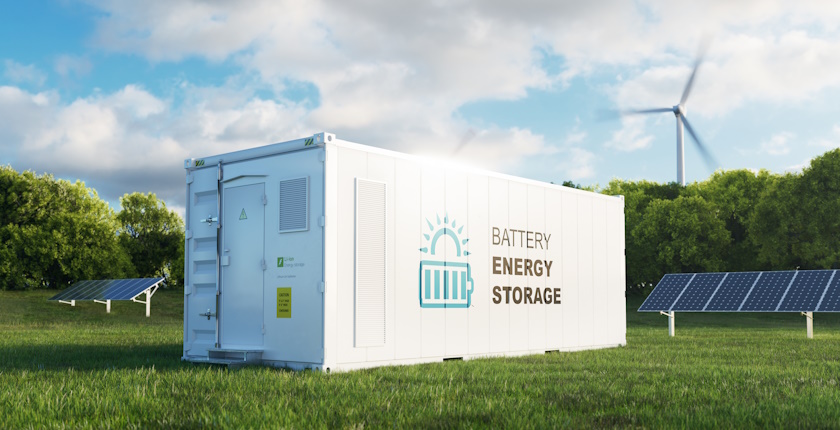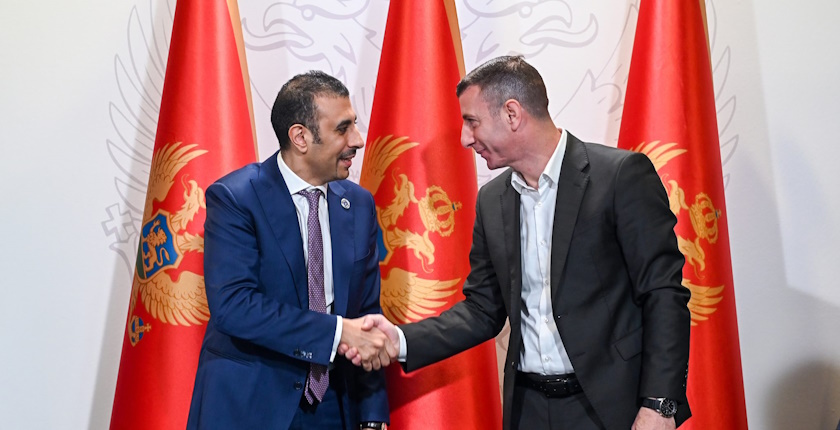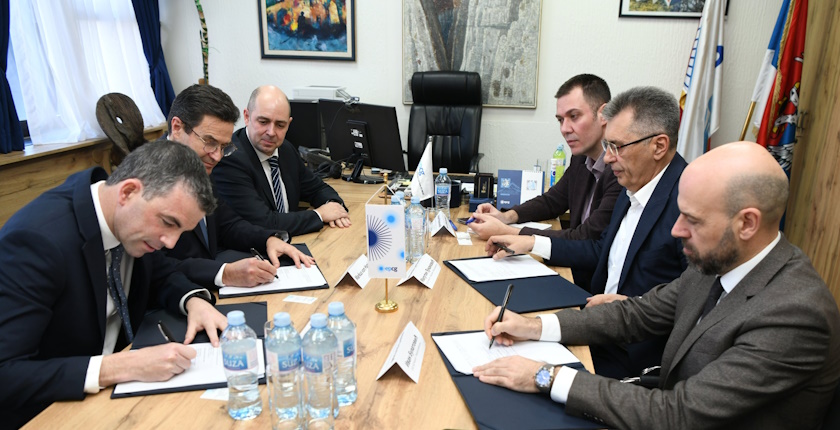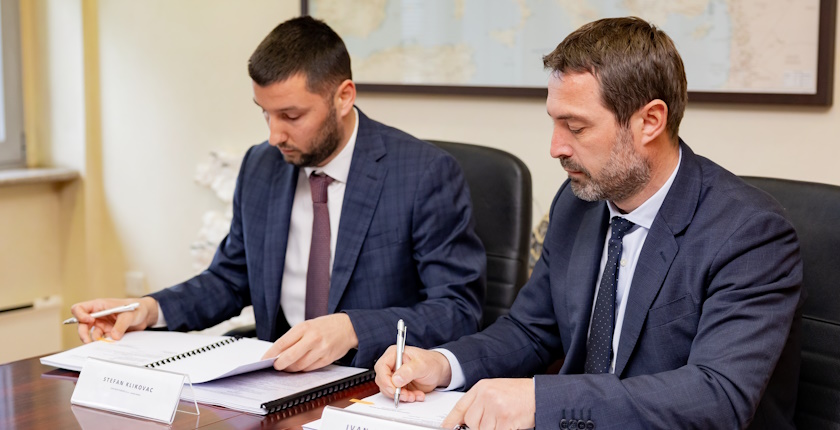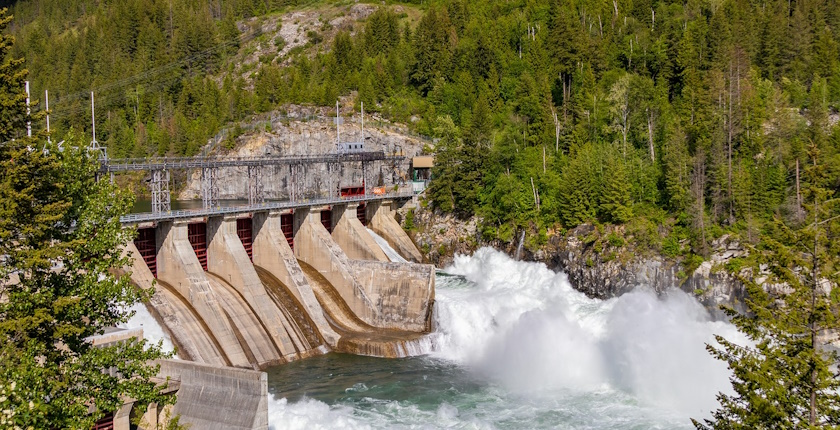
Montenegro labels 15 energy projects as infrastructure priorities
The most valuable priority infrastructure projects in the energy sector of Montenegro are the Komarnica and Kruševo hydropower plants, the Trans-Balkan Electricity Corridor and the Ionian-Adriatic pipeline.
The Government of Montenegro has adopted a list of priority infrastructure projects for the energy sector to fulfill the final criteria of chapter 21 – Trans-European Network, of the country’s negotiations on the accession to the European Union.
The list consists of 15 projects with a total estimated value of around EUR 1.38 billion, according to the announcement.
The EU will use list to consider financial support from the Western Balkans Investment Framework
The list was updated in line with the Western Balkans Investment Framework (WBIF) methodology. In line with priorities defined at the state level, the list is for the European Commission to select projects for financial support from the scheme.
WBIF is the main mechanism for the EU’s financial support in the region in the period from 2024 to 2027, the government noted.
The following projects are on the list:
- HPP Komarnica – EUR 315 million
- Ionian-Adriatic Pipeline for natural gas (IAP) – EUR 210 million
- interconnection Italy – Montenegro – Serbia – Bosnia and Herzegovina (Trans-Balkan Electricity Corridor) – EUR 163 million
- HPP Kruševo – EUR 160 million
- energy efficiency in public and residential buildings – EUR 104 million
- improving the quality of power supply in tourist regions – EUR 78 million
- creation of conditions for the integration of renewables and the construction of a new power interconnection – EUR 73.6 million
- solar power project Solari 10,000+ – EUR 66 million
- Slano floating solar power plant – EUR 60 million
- Krupac photovoltaic plant – EUR 40 million
- smart grid and smart metering system for electricity distribution system operator CEDIS – EUR 35 million
- A8 unit at HPP Perućica – EUR 24 million
- smart grid program of electricity transmission system operator CGES – EUR 21 million
- decarbonization – EUR 21 million
- reconstruction of oil storage tanks – EUR 10 million.
Montenegro also has a list of priority infrastructure projects, including energy. It was introduced in 2018 and updated in the meantime.
Compared to the list from 2021, the Gvozd wind farm and the ecological reconstruction of the Pljevlja thermal power plant were erased, while the following projects were added: HPP Kruševo, Krupac solar power plant, decarbonization and the reconstruction of oil storage tanks.

